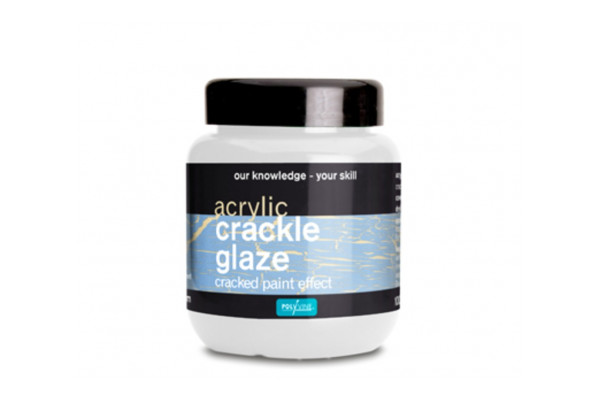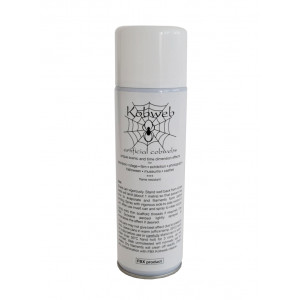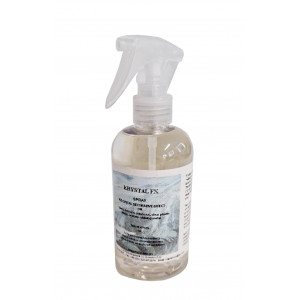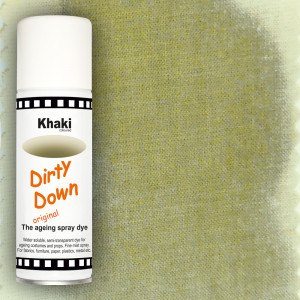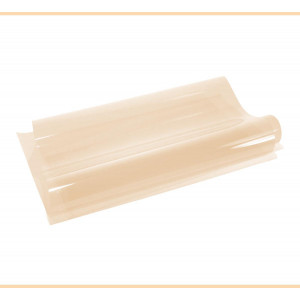For cracked paint effects, for use with emulsion.
Designed to produce consistent cracking of emulsion paint. This acrylic medium creates dramatic two colour aged effects. The crackle glaze is applied over an emulsion base coat which will be the colour of the cracks. An emulsion top coat in the chosen colour is then applied over the glaze. The top coat cracks to reveal the base coat.
Ideal for
- Furniture
- Skirting
- Architrave
- Pottery
- Picture frames
- Decorative aged effects
Key Features of Polyvine Acrylic Crackle Glaze
Unique qualities
- Easy to apply
- Water based
- Low odour
- Quick drying
- Wash brushes and tools in water
Specifications
At a glance
- Drying time: 15 minutes to 1 hour depending on temperature
- Coverage: 8 square metres per litre
Application and advice
Application
Choose two colours of matt emulsion paint, one for the base coat – the colour of the cracks, the other for the top coat. Apply the base coat and allow to dry. Seal with Polyvine Decorator’s Varnish. Mix the crackle glaze well. Apply in one direction and allow to dry. This coat must be smooth and even. If not, remove the glaze with a damp cloth and re-apply, working it into the surface with the brush before laying off to a smooth even coat. Apply the topcoat of matt emulsion, thinned with water to produce an easily flowing paint. Apply at right angles to the crackle glaze coat. Load brush with generous amount of paint and apply in one pass only, allowing the paint to flow off the brush. Do not over brush as this will mix the glaze and paint and no cracks will appear. The thickness of the topcoat determines the size of the cracks – the thicker the coat the wider the cracks.
Caution
Always try the technique on a test piece before embarking on the project. Walls and vertical surfaces need a lot of practice.
Storage
Protect from extremes of temperature during storage and application.
Health, safety and the environment
Non-hazardous. Ensure good ventilation.
Keep out of reach of children. Contact with eyes - wash immediately with warm water. Remove excess from tools and mixing vessels before washing in warm soapy water.
Do not empty into drains or watercourses.

